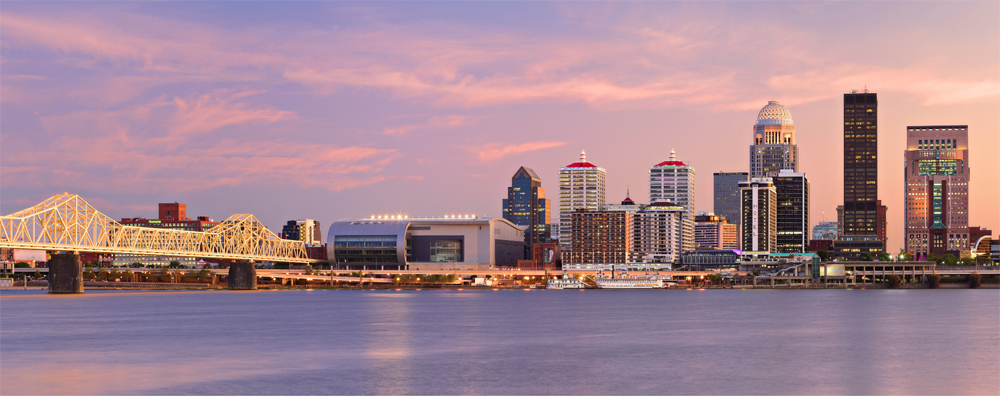“Louisville prides itself on its bourbon, restaurants and horse racing, and now Mayor Craig Greenberg wants to add water to the list.”
That’s what Louisville Business First reporter Michael L. Jones wrote in an article titled “Economic development group discusses Louisville’s water as a business asset” [subscription required].
The article quotes the mayor saying, “When you look at one of the competitive advantages that is unique to Louisville compared to other cities — it’s water. We have ample water and good water here in Louisville. Look at what is [happening] on the coasts and other parts of this country. Water is a scarce resource and many cities that are thriving today are running out of water.”

He was speaking at the Kentucky African American Heritage Center before an economic development working group tasked with developing a new plan for Louisville through the next decade.
Louisville Water President & CEO Spencer Bruce also spoke at the meeting. He pointed out that the company uses only one-tenth of 1% of the Ohio River water passing its intake system.

“We have this huge abundance of water and it’s constantly flowing into our intakes every day,” Bruce said. “Many, many places don’t have that — advantage No. 1. No. 2 is our capacity. We have two treatment plants, and we can produce about 220 million gallons of water a day.”
“Our peak demand, which means the highest demand we have on a given day, over the last 10 years, has hovered around 180 million gallons,” he added. “So, that leaves 40 million gallons a day of excess capacity that we don’t have to spend money on a plant, we don’t have hire more operators, we don’t have to hire more staff.”
He noted that our excess capacity is equivalent to eight new Blue Oval battery plants, 53 new Ford truck plants, or 67 distilleries the size of Brown-Forman Corp.
Jones pointed out that “Louisville’s abundance of an essential natural resource is becoming more and more unique in a world being impacted by climate change. Nearly half of the 204 freshwater basins in the United States may not be able to meet the monthly water demand by 2071, according to a 2019 study by Colorado State University.”

